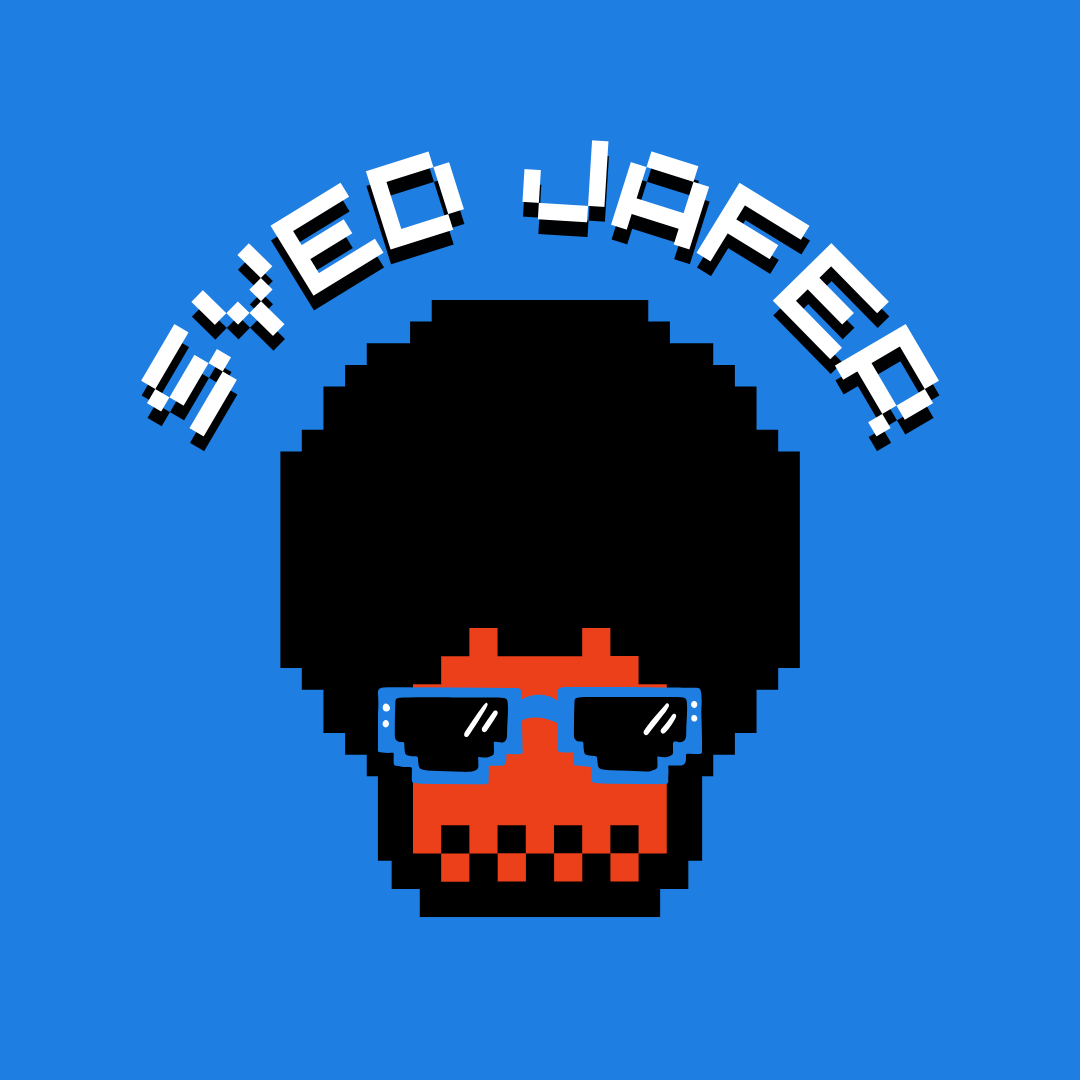Git vs Mercurial: Comparing Design, Speed, Data Model, Merging and Ecosystems
 Syed Jafer K
Syed Jafer K
Mercurial and Git are both distributed version control systems, but they have some differences in terms of their design and implementation.
Design: Mercurial has a simpler design compared to Git. Mercurial's design is based on a centralized model, while Git's design is based on a decentralized model. This means that in Mercurial, all repositories have a single central repository, while in Git, each repository is independent and equal.
Speed: Git is generally faster than Mercurial for certain operations, such as branching and merging.
Data model: Mercurial's data model is based on changesets, while Git's data model is based on a directed acyclic graph (DAG) of commits. This difference allows Git to handle large binary files and to perform some operations more efficiently.
Merging: Mercurial uses a three-way merge algorithm, while Git uses a more complex recursive merge algorithm. This means that Git is generally better at handling complex merge conflicts.
Ecosystem: Git has a larger and more active community and ecosystem compared to Mercurial. This means that there are more resources available for Git, such as tutorials, plugins, and integrations.
User interface: Mercurial's user interface is simpler and more intuitive than Git's, which makes it easier to use for beginners. Git's user interface is more powerful but can be more difficult to use for people that are not familiar with it.
Overall, Git and Mercurial are both powerful and widely used distributed version control systems, but they have different design and implementation choices that make them more suitable for different use cases.
Subscribe to my newsletter
Read articles from Syed Jafer K directly inside your inbox. Subscribe to the newsletter, and don't miss out.
Written by
